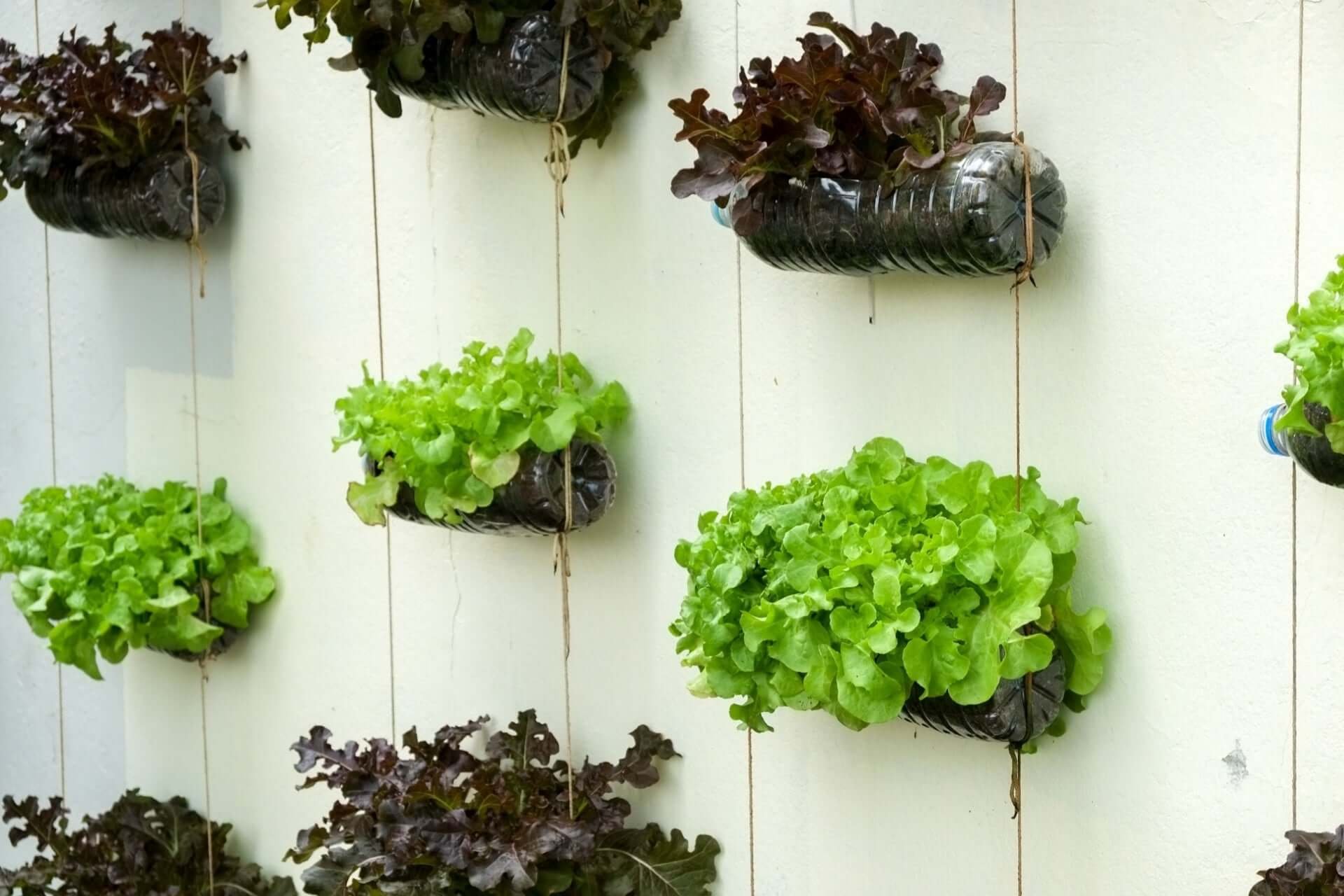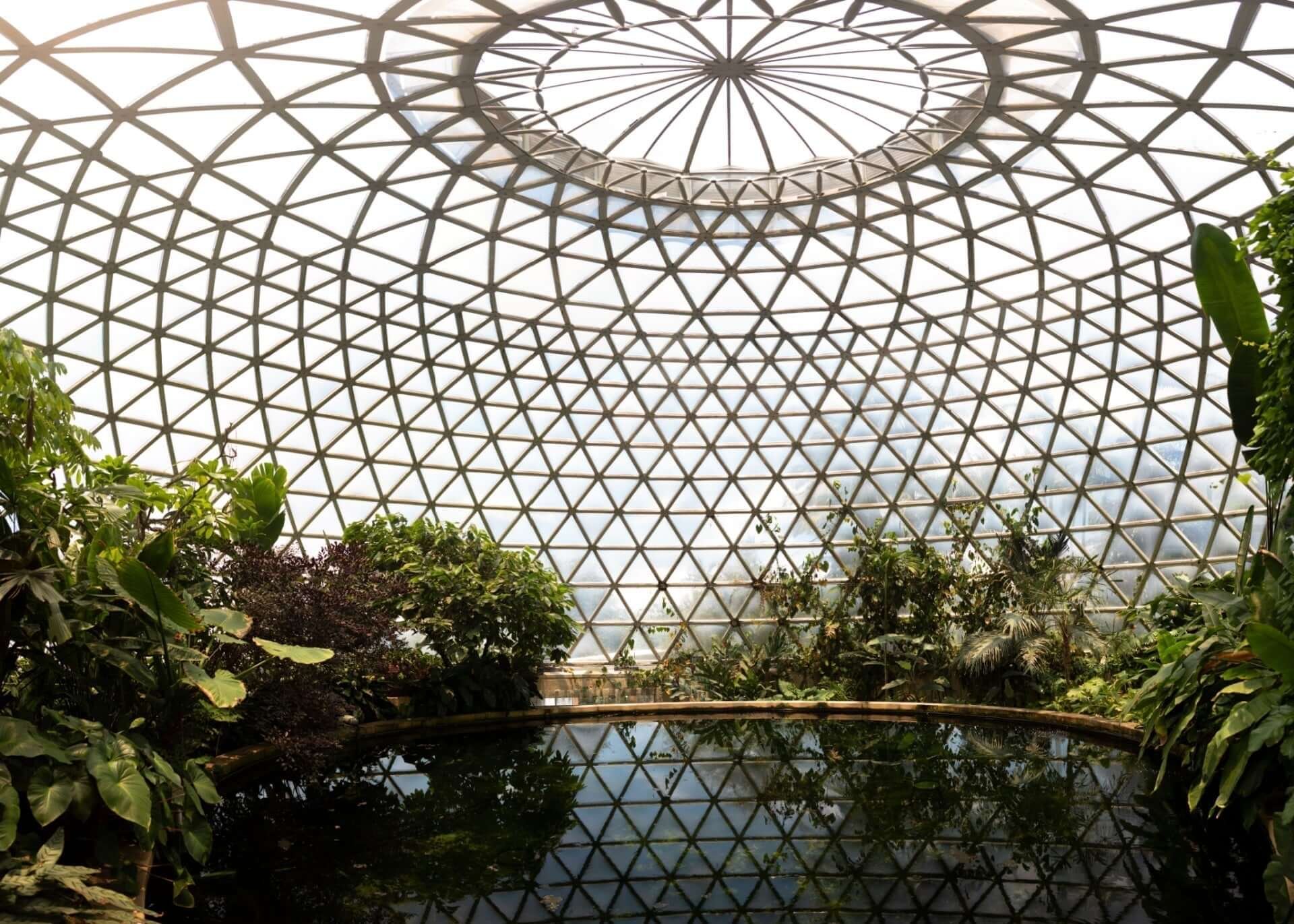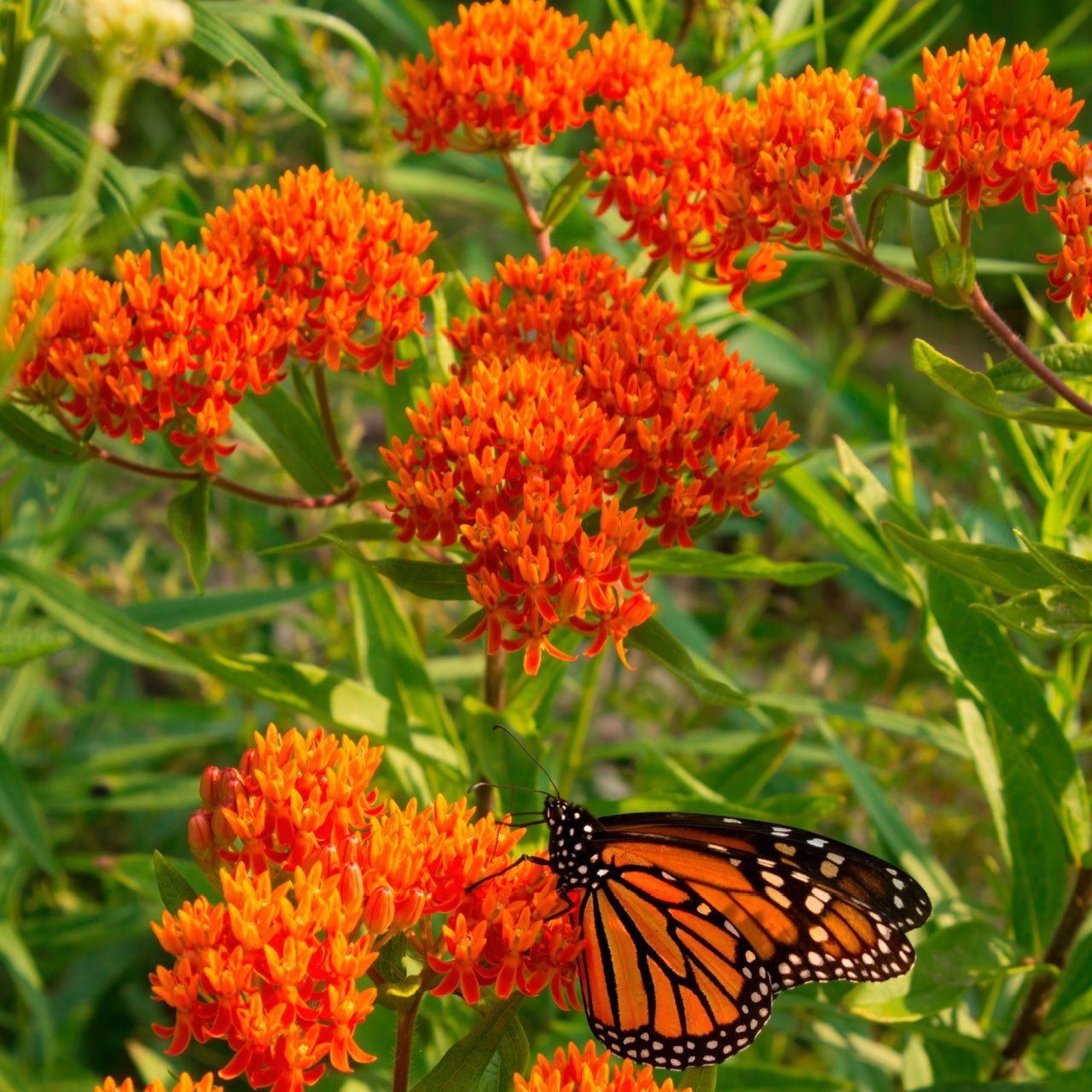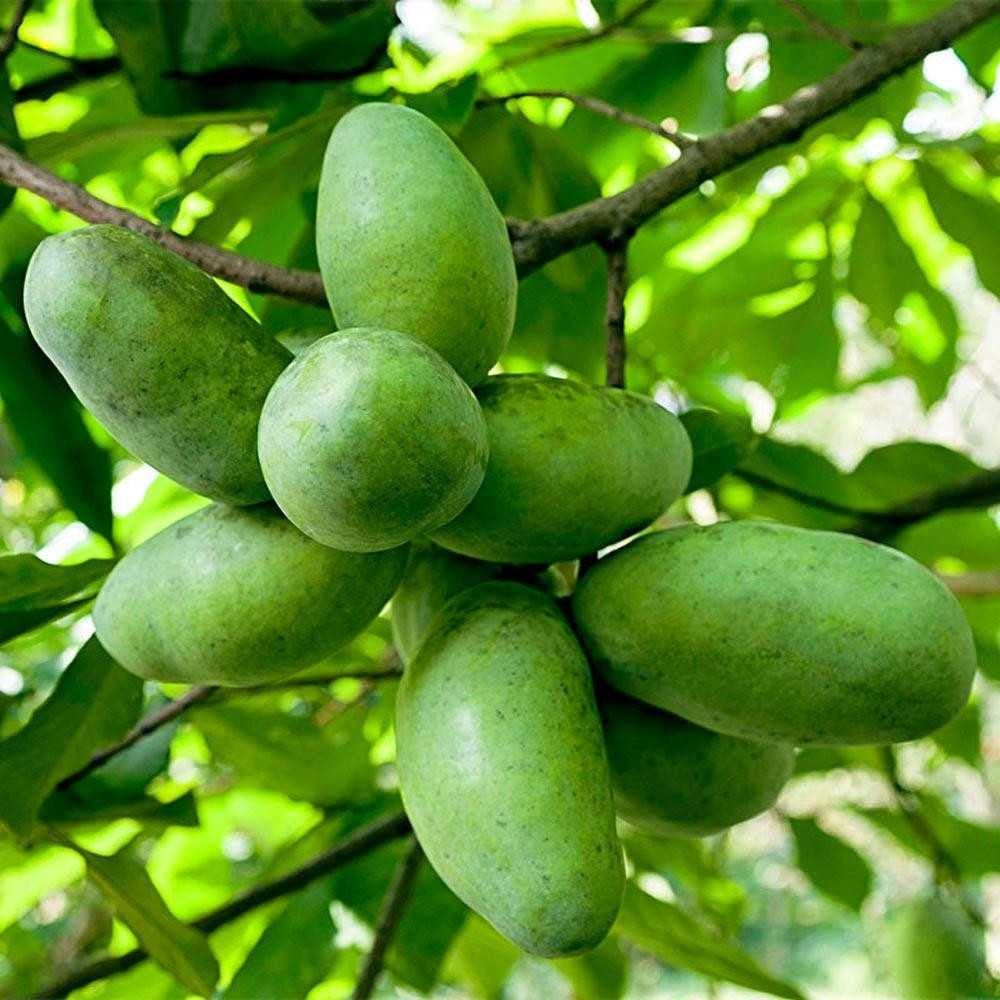Knowing your zone is essential for planting well if you are gardening with butterflies. Butterflies are environmentally insensitive and want plants they can eat, shelter, and reproduce. Pick plants that suit your zone, and you'll be able to cultivate an oasis conducive to local butterfly populations and the health of your garden.
Nectar-bearing flowers and host plants that support caterpillars and adult butterflies are a majorstay of butterfly gardens. Here are 10 butterflies-attracting plants that can be grown in many gardening regions.
Nectar-Rich Plants for Butterfly Attraction
Purple Coneflower (Echinacea purpurea)
This purple coneflower, a butterfly favorite, resembles a daisy with pink petals. It is hardy in Zones 3-9 and provides summer nectar year-round. Its long blooming season and low maintenance make it a top choice for gardeners trying to assist pollinators.
Milkweed (Asclepias spp.)
Not only does milkweed supply nectar, but it also hosts monarch butterflies. Milkweed, which grows in Zones 3-11, provides a habitat for monarch caterpillars, and the fragrant flowers attract butterflies of many kinds. Popular species are swamp milkweed (Asclepias incarnata) and butterfly weed (Asclepias tuberosa).
Lantana (Lantana camera)
Lantana, an annual in colder climates and a perennial in Zones 9-11, offers clusters of pollinated flowers butterflies love. It comes in various yellows, oranges, and pinks and is an eye-catcher for any butterfly garden.
Blazing Star (Liatris spicata)
This spiky perennial blooms all summer and is a gastronomic feast for butterflies in Zones 3-9. Blazing star is especially desirable to swallowtails and painted ladies, and its curved shape on the vertical stems makes it architecturally interesting in bed gardens.
Joe Pye Weed (Eutrochium spp.)
Adaptable to Zones 4-9, Joe Pye weed will give you masses of pinkish-purple flowers in late summer and early fall. Butterflies go there for its profusion of nectar, and its tall, majestic stems are ideal for butterfly gardens.
Plants That Start Off the Next Butterfly Generation
Black Willow (Salix nigra)
This Tree is an indigenous species and a host plant to several butterfly species, such as viceroy and mourning cloak caterpillars. Zones 4-9: Black willow grows near waterways and offers shelter and food to butterfly larvae.
Spicebush (Lindera benzoin)
Spicebush - the scent-loving foliage plant, host to the spicebush swallowtail butterfly. Zones 4-9: Its leaves are used as a caterpillar foodplant, and its yellow flowers lure in spring adult butterflies.
Tulip Poplar (Liriodendron tulipifera)
A majestic Tree Zones 4-9, the tulip poplar helps tiger swallowtail caterpillars and provides nectar-rich flowers to adult butterflies. Its height and distinctive tulip-shaped flowers make it a great plant for big spaces.
Pawpaw (Asimina triloba)
This little Tree grows in Zones 5-9 and is the only host plant for zebra swallowtail caterpillars. Its large tropical-like leaves hide larvae, and its dark maroon flowers draw butterflies and other pollinators in the spring.
Wild Blue Phlox (Phlox divaricata)
A groundcover that's Zone 3-8, wild blue phlox feeds some species' adult butterflies and larvae. Its perfumed lavender-blue flowers bud early in the spring, adding opulence and color to shady gardens.
Creating a Thriving Butterfly Habitat
Butterfly gardens are not just a patchwork of pretty plants; they are ecosystems where species exist and there is ecological equilibrium. For butterflies, select nectar and host plants according to your gardening area. Use flowers with multiple flowering dates to always have a good food source during the season. Also, don't use pesticides because they kill butterflies and caterpillars.
To make your garden attractive to butterflies, use flat rocks to sit on and take a dip, shallow pools to rehydrate, and native plants. In this way, you can share butterflies' beauty and support their protection in a diverse environment.
These 10 plants can make a sustainable butterfly garden adapted to your environment in a temperate or warm climate.
Designing a Butterfly Garden
A butterfly-friendly garden's success stems from plant selection and the creation of an inviting environment that supports butterfly habitation. Through aesthetic design, both pollinators and people are attracted. Utilizing factors like garden design, color coordination, lighting conditions, water installations, and protective shelters helps create a garden space that captivates visually and serves butterfly needs without requiring an extensive plant list.
Begin by planning the general arrangement of your garden. Butterflies prosper when they have seamless access to move through multiple garden sections. The creation of curving pathways and meandering feature arrangements establishes a flowing movement that leads butterflies to explore all parts of the area. A mix of the sunlit regions and light-shaded spaces provides butterflies with the necessary warmth while keeping the garden's look varied and interesting. During design planning, create open spaces for sunlight penetration balanced by vegetation clusters for an intimate feeling. Butterflies are drawn to contrasting areas of open sunlight and secluded spots because the combination enables them to bask in sunlight while feeding and provides them with necessary hiding places.
Space's aesthetic appeal heavily depends on color, which can be used strategically to draw butterflies. While specific plant types matter for nectar and host conditions, the beauty of designing with color lies in its versatility: Choose any flower type that produces bright color combinations of reds through purples. Butterflies move quickly between feeding spots when you arrange these colors in clusters or continuous color bands. The garden presents a unified visual experience that combines active energy and cohesiveness. Pastels provide a soft, serene atmosphere that invites pollinators to visit while creating a peaceful setting for human enjoyment.
The proper arrangement of plant heights and layered planting creates multiple viewing angles and resting areas. Butterflies prefer spaces with numerous layers that provide various levels for exploration. The combination of elevated plants behind lower dense plantings at the front creates dimensional depth. This design supports various butterfly species by providing different levels of flight preference and simultaneously creates an attractive visual effect for the garden. The tiered effect establishes a rhythmic landscape that guides the eye between different planes. The interlacing pathways through the garden layers create opportunities for exploration while guiding butterflies through different bloom stages.
Your garden benefits from water features that enhance visual appeal and support butterflies without needing a list of particular water plants. Choose multiple small features that combine aesthetic appeal with practical benefits instead of installing one big pond. Adding a shallow water dish with pebbles to your garden creates an immediate feature that provides butterflies with a secure place to rest and drink. A modest stone basin featuring a softly moving trickle can transform into an elegant garden focal point. These elements improve your garden's peaceful atmosphere with calming sounds while serving as necessary water sources for thirsty butterflies.
The sheltered aspect of garden design receives less attention than other elements. Butterflies require protection from harsh conditions through carefully concealed resting places that defend against strong winds and heavy rain while shielding them from predators. Natural features like big stones and logs or elegant wooden constructions integrate effortlessly into the design and create sheltered areas. Garden arches and pergolas provide beautiful visual features while supporting climbing plants and resting spots for butterflies.
Principles of sustainability and ecological compatibility should drive the garden's aesthetic decisions. The space's layout should take cues from nature's organic patterns. The naturalistic appeal of garden spaces emerges through curving edges, weaving borders, and asymmetrical groupings, which reflect the familiar shapes butterflies encounter in the wild. Design your garden with ground covers that control weed growth to keep maintenance tasks minimal. This gardening method allows you to preserve a vibrant appearance during all seasons without needing complex maintenance tasks.
Consider your preferred ways to experience your butterfly garden space. Design your garden with seating areas and quiet spots to take a break and observe active butterflies. Select materials that match your design aesthetic, whether you prefer rustic wood benches or contemporary minimalist furniture. Your garden transforms into an animated reflection of your taste with the soft movement of wings and the gentle sounds of life throughout. A visually stunning garden that satisfies butterfly needs while strengthening your bond with nature emerges from a thoughtful mix of colors and layout with water features and shelters without requiring specific plants.
Read more

A new trend for those who want greenery but do not have the time to spend on expansive gardens is vertical gardens.

New York Botanical Garden (NYBG) in the Bronx is one of the most popular botanical gardens in the US. On 250 acres, it houses a beautiful museum of more than a million plants. NYBG is famous for it...




